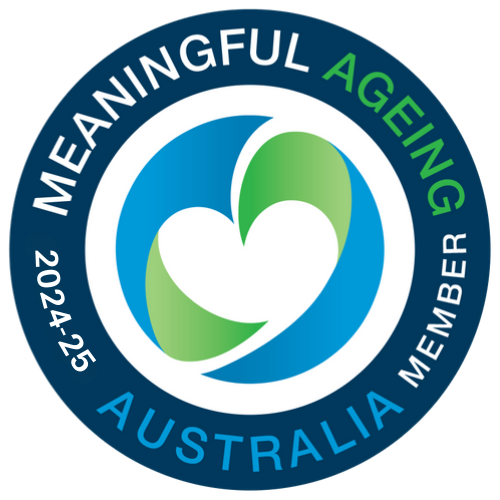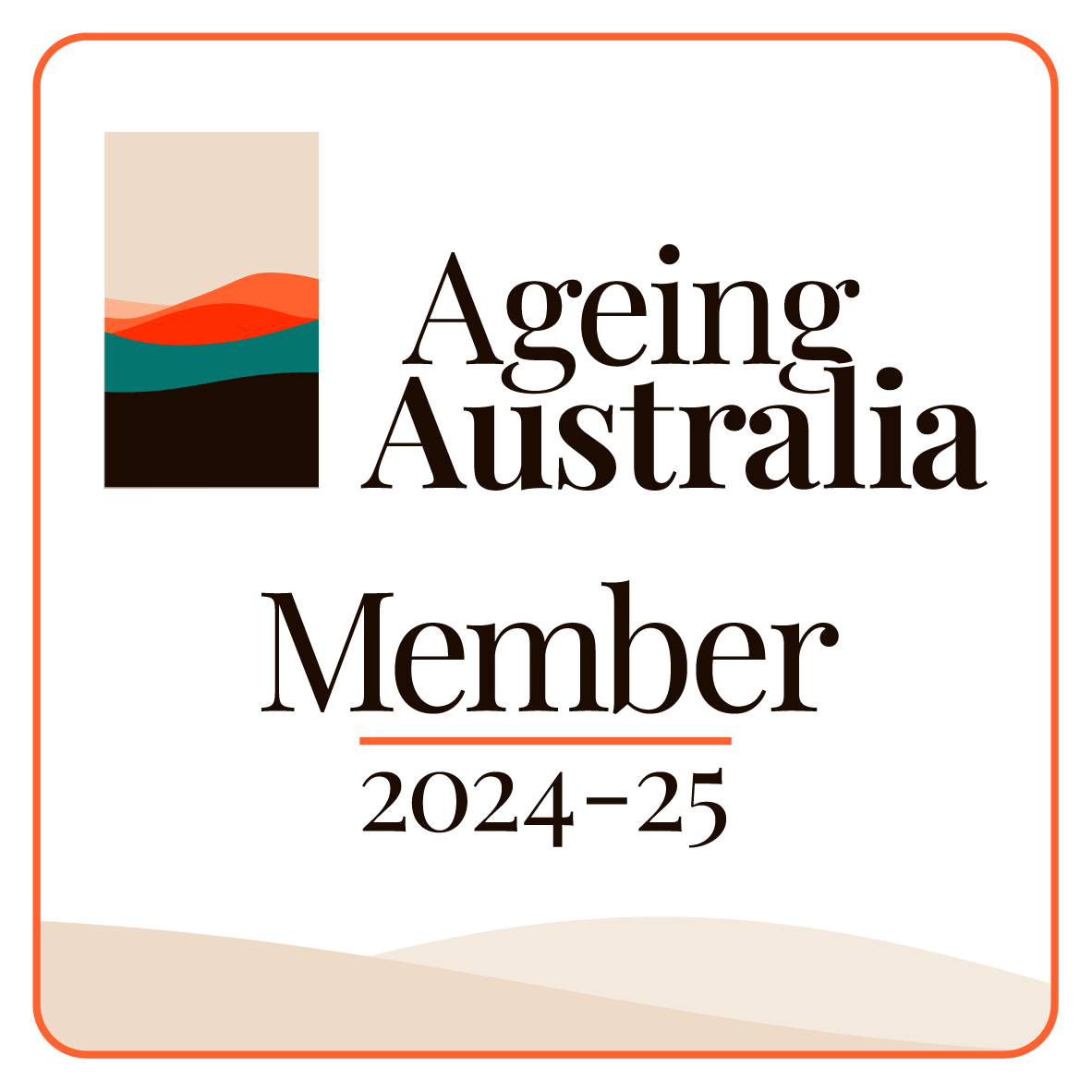Support At Home has been delayed and will commence 1 November 2025 — Aunty Grace is making the transition easy with the same trusted care you know. Click here to find out more.
Is Home Care Means Tested?
The income-tested care fee is an extra contribution that some people pay, as determined through an income assessment by Centrelink.
This fee is different for everyone. It’s based on your individual income, including your pension. However, full pensioners and people with an income up to $32,331.00 do not pay an income-tested care fee.
You could pay up to $17.97 per day, if you:
- are single earning over $32,331.00
- are a member of a couple living together earning over $25,053.60
- are a member of a couple living apart due to illness earning over $31,707.00
You could pay between $17.97 – $35.95 if you:
- are single earning over $62,332.00
- are a member of a couple living together earning over $47,668.40
- are a member of a couple living apart due to illness earning over $61,708.40
You can estimate the fee you may need to pay here or start your application by downloading this form.
These amounts change with indexation on 20 March and 20 September every year and are up to date as of 20 September 2023.
Note: If your financial situation changes while you are receiving in home care services, your income-tested care fee can change.
Home Care Means Testing Details
Income and Asset Assessment: Home Care means testing involves assessing your income (so what you actually earn). It doesn’t include your assets. Your assets only come into consideration when you’re applying to enter an Aged Care Home.
To start your means testing process, you must download and complete an SA456 form (Home Care Package Calculation form). You can get a copy of this form from Services Australia or the Department of Veterans’ Affairs (DVA). We’ve also provided a link above you can use. Note: you DON’T have to complete this form if you’re already getting a means-tested income support payment from either Centrelink or the DVA.
Services Australia / DVA use this form to work out from your current income how much you’ll contribute towards the cost of your government-subsidised in-home care package.
Government Subsidies: The Australian government offers subsidies to help you out with the cost of your Home Care Package. The amount you’ll receive will be based on the results of your income as determined by the Home Care Package Calculation (SA456) form you submitted. Again, we have listed the various thresholds above for you to use as a guide. They’ll give you an idea of where you stand in terms of your co-contribution to your package.
Fair and Transparent Process: The means testing process makes sure people who can afford to pay at least part of their own Home Care package do so whilst those who need more financial support can get it. There are clear guidelines about the process, and the information you must provide, on the My Aged Care website. This helps to make sure the whole means testing process is fair and transparent for everyone.
FAQs for Home Care Means Testing
What is means testing for Home Care, and why is it necessary?
Means testing for Home Care (Form SA456) is a process designed to assess your INCOME. It’s used to work out how much you will be contributing to your Home Care package. Important note – this means test DOESN’T assess the dollar value of your assets. Those will only come into the equation should you decide to move into an Aged Care Home.
The government wants funding to be distributed fairly! So – this type of income testing is necessary for identifying whether or not you can afford to contribute to the cost of your Home Care package, and if so, how much you can contribute. If you are not so financially well off, the system thus ensures you can still access essential services.
Which assets and income are considered in the means test?
Assets you are not earning money from (your home and contents, non-income generating real estate like a family holiday home etc) are not factored into your means test for an in-home care package. But – you do have to declare all your income sources, which may include things like:
Pensions,
Superannuation and similar income streams,
Net income from rental properties and businesses,
Deemed income from any financial assets you own,
Income received from dividends, family trust distributions, and so on.
A more comprehensive list is available on the My Aged Care Website.
How does means testing affect my eligibility for government subsidies?
Means testing is used to work out if you’re eligible for Home Care government subsidies, and also the amount you’re eligible for. For example – if you’re assessed as having a fairly high income, you’ll contribute a correspondingly higher amount towards your package. And, obviously, will receive less in government subsidies. Whilst this may seem daunting, it does nevertheless help to make sure you only pay what you can comfortably afford for your Home Care package.
Can my financial situation be reassessed over time?
Yes, your financial situation can always be, and should be, reassessed when your financial circumstances change. For instance, a common situation is having a partner passing away, or entering an aged care home. This will change your financial situation, if only because you’re now considered a ‘single’ not a ‘couple’. Similarly – should you sell a financial asset, or acquire one, and it affects your income, you should be reassessed.
What are the common misconceptions about means testing?
Misconception: Middle-income earners do not receive any subsidies: This is a common misconception but, contrary to what many people think, or what you may have been told, middle-income earners are eligible for subsidies. But you won’t know unless you ask questions and do some research!
Misconception: All assets are counted in the assessment: Your INCOME alone is used in your home-care package assessment. This includes all income earned from your assets (real estate investments like rental properties and so on). The assets themselves though are not included in this particular assessment.
Misconception: Means testing is a once-off assessment: You should apply for a reassessment each time your financial situation changes as it could affect your contribution level.
Note: Some of the information on this page was published on the government website My Aged Care.



